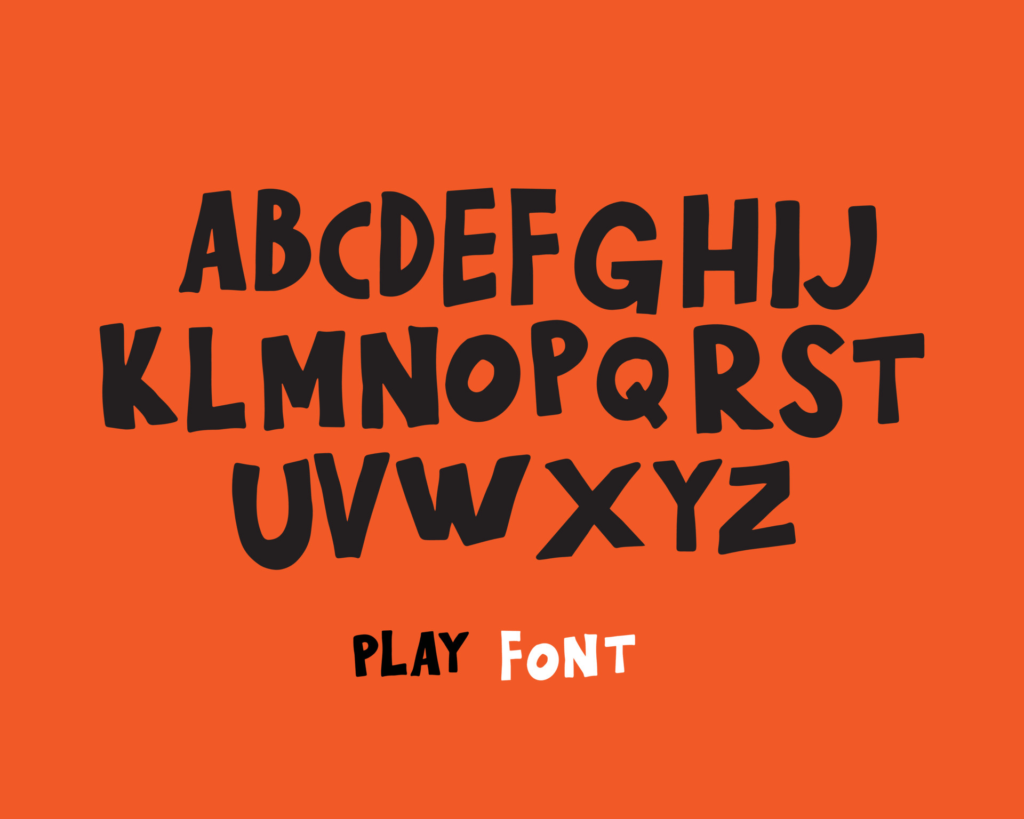Verdana Font: A Cheerful and Modern Typeface
When it comes to typography, Verdana font has become a popular choice among designers, especially for digital screens. This typeface is known for its legibility and modern appearance, making it an ideal option for both web and print design. In this article, we will explore the history and development of Verdana font, why it works so well on digital screens, and how to use it effectively in your design projects.
The History and Development of Verdana Font
Verdana font was created in 1996 by Matthew Carter, a renowned type designer. Carter was commissioned by Microsoft to design a new typeface specifically for on-screen use. The goal was to create a font that would be easy to read at small sizes and on low-resolution screens. With Verdana, Carter achieved this goal by creating a font with wide letter spacing and large x-heights.
Why Verdana Font is Perfect for Digital Screens
Verdana font was designed with digital screens in mind, and it shows. The font has excellent legibility, even at small sizes and on low-resolution screens. This is due to its wide letter spacing, which makes each letter more distinct, and its large x-heights, which make the lowercase letters more prominent. Additionally, Verdana is a sans-serif typeface, which means it doesn’t have the small strokes at the ends of letters that can blur on digital screens.
How to Use Verdana Font for Web and Print Design
Verdana font is an excellent choice for both web and print design projects. When using Verdana on the web, it’s essential to keep in mind that the font will appear differently on different screens and browsers. To ensure that your text is legible across all platforms, it’s best to use a font size of at least 16 pixels. For print design, Verdana works well for headlines and body text. When using Verdana in print, it’s essential to choose a high-quality printer to ensure that the font appears crisp and clear.
Tips for Pairing Verdana Font with Other Typefaces
Verdana font works well on its own, but it can also be paired with other typefaces to create a more interesting and dynamic design. When pairing Verdana with other fonts, it’s essential to choose typefaces with similar x-heights and proportions. This will help create a cohesive design that looks balanced and well thought out. Additionally, it’s important to consider the mood and tone of your design when choosing typefaces to pair with Verdana.
The Future of Verdana Font in Design and Typography
Verdana font has become a staple in design and typography, especially for digital screens. As technology continues to advance, it’s likely that Verdana will continue to be a popular choice for on-screen text. However, as design trends and preferences evolve, it’s possible that other typefaces will emerge as more popular choices for digital screens. Regardless of what the future holds, Verdana will always be remembered as a cheerful and modern typeface that changed the way we think about typography on digital screens.
Verdana font may have been designed over two decades ago, but its legacy lives on today. This typeface has become a go-to option for designers looking to create legible and modern designs for digital screens. Whether you’re working on a website, app, or print project, Verdana font is an excellent choice that will help your text stand out and be easily readable. So why not give Verdana a try in your next design project and see what it can do for you?









